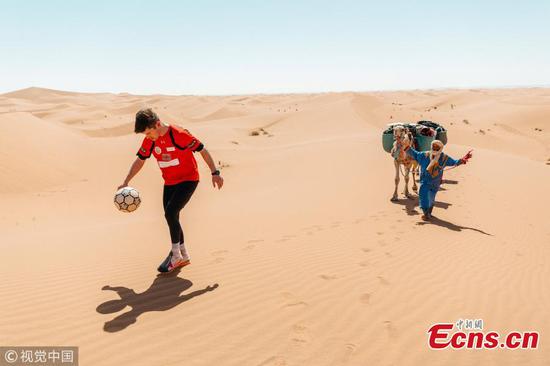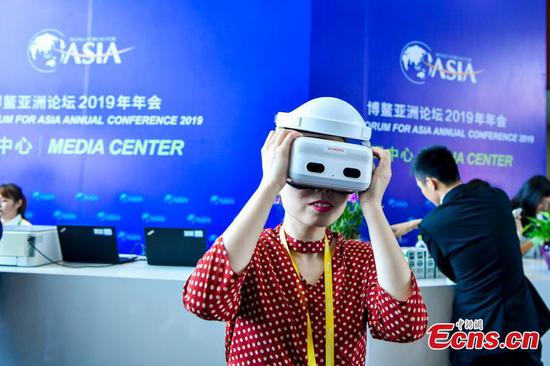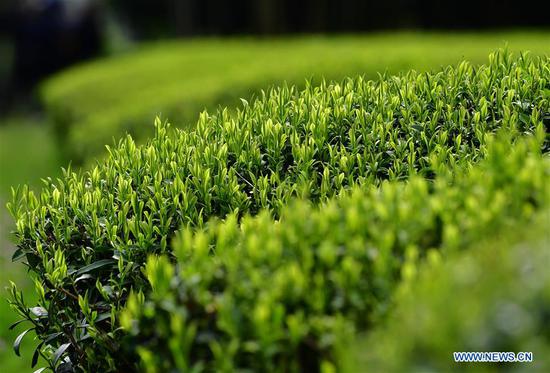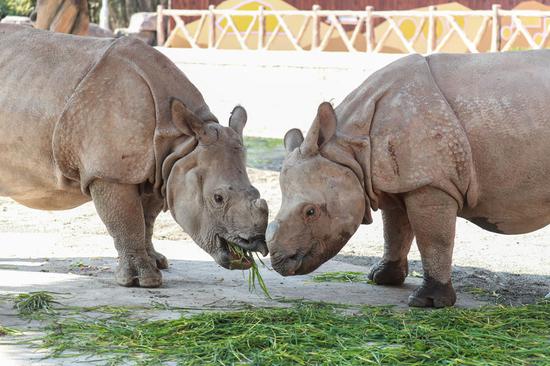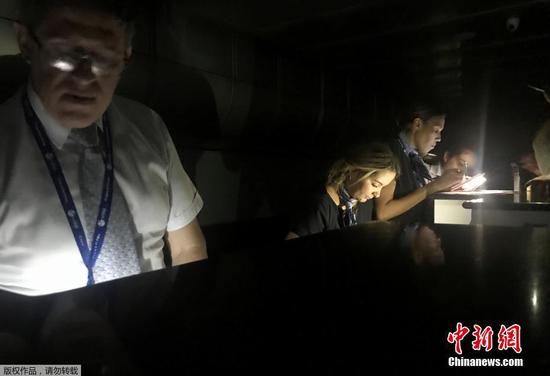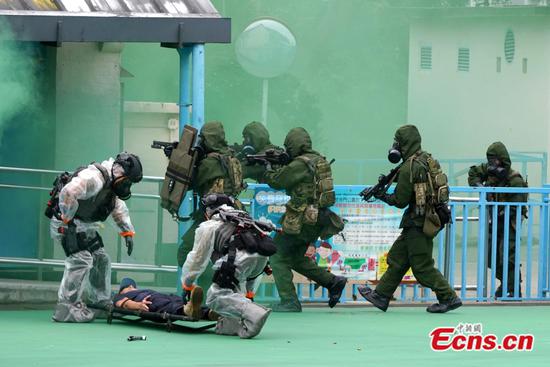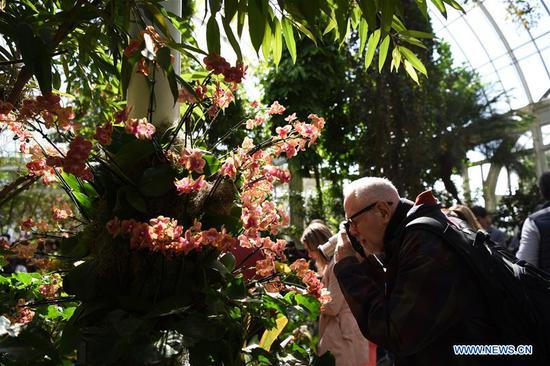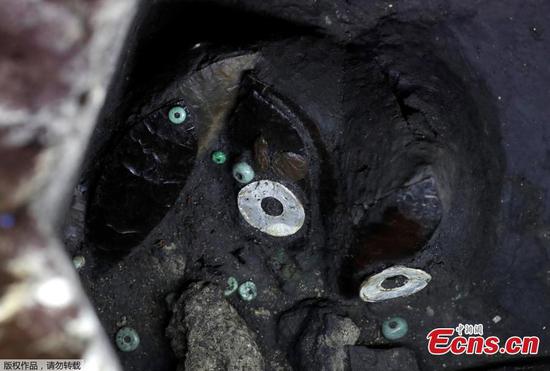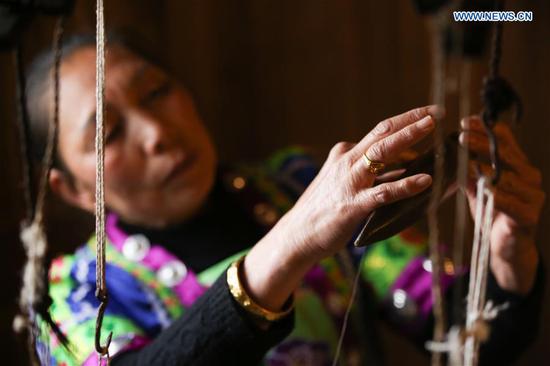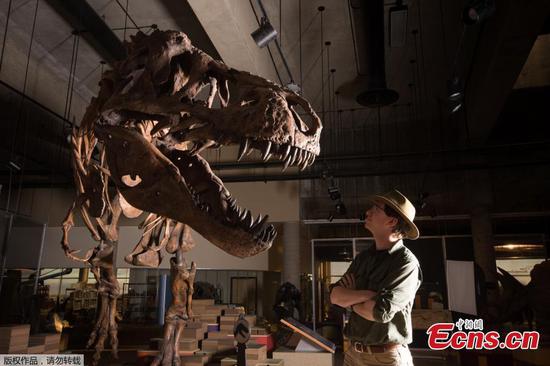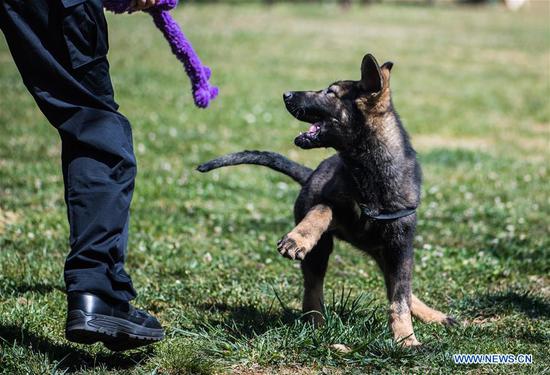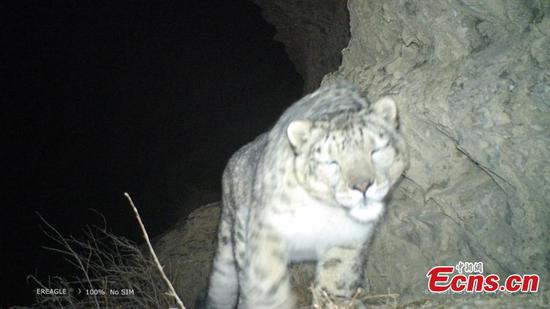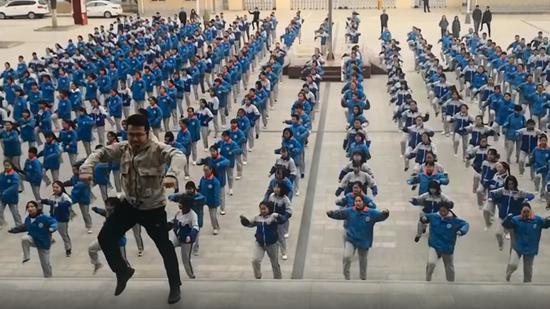Recently-discovered footage showing the Japanese army's biological warfare branch during the World War Two in Singapore will be put on show in August, the local Straits Times newspaper reported.
The film was shot by a Japanese officer who had been dispatched to Singapore from 1942 to 1943 to supervise the work of the OKA 9420, known to be a branch of the notorious Unit 731 which is a covert biological and chemical warfare research and development operation during World War II.
Japanese personnel wearing white laboratory coats were seen working at the local college of medicine building in the Outram Park in Central Singapore, as was shown from the slides of the film which was put online Tuesday by the Straits Times together with its story.
The video was found recently and will be made public by the Japanese researcher Fuyoko Nishisato who wrote the book "Behind Bayonets and Barbed Wire: the Secrets of Japanese Army Unit 731." With the help of the Singaporean history buff Lim Shao Bin, Nishisato is planning to reveal the footage at the first exhibition on OKA 9420 in August.
While investigating his grandfather's death in the war, Lim also uncovered other documents on OKA 9420. Among them is a 200-page medical publication and a wartime staff register.
Dated December 1942 to August 1943, the Southern Army Epidemic Prevention and Water Supply Department Research Report, Volume C, appears to be the first written evidence on the diseases the OKA 9420 was studying.
The wartime register shows OKA 9420 started with 146 Japanese staff in May 1942. By Jan. 1, 1945, its operations in Singapore and the region had grown to 862. Among them were doctors, virus specialists and nurses, the Straits Times reported.
The English-language newspaper quoted the National University of Singapore professor Brian Farrell as saying: "These documents suggest the Japanese army institution's focus on biological warfare is perhaps more widespread than we have been led to believe through Japanese accounts."
"The staff register indicates the operation of Unit 731 must have been known by the Imperial Japanese Army - that it was part of more widespread use as part of its war strategy," he added.
The exhibition to showcase the video will be held at the Unit 731 museum in Harbin, Northeast China, where the Unit 731 used to base in. The unit, set up around 1936, conducted vivi-sections to test germ and chemical bombs among other atrocities. Many civilians and prisoners of war became their victims.











